“The Floating Piers” seemed so unique on the media, that I immediately booked a flight to Verona for a week stay in Lake Iseo area. I visited the Floating Piers three times – on June 23,26 and 27, 2016. On June 26 in the evening, a thunderstorm affected the lake. Piers were closed to visitors, and rain and high waves kept visitors stranded on Monte Isola for a couple of hours. The sights were enchanting. A bit of the experiences you can see on the video and the gallery below.
I would like to share a few impressions and thoughts about this colossal installation.
- My immediate reaction was great excitement. In spite of the long queues at the train station and at the entrance, I got the feeling that I’m part of something very big. In that sense, the huge crowd, above the organizers’ expectations, was a blessed addition as it contributed to the overwhelming experience (Over 1.2 Million people visited the piers, about twice the expected amount).
- As with any architectural element, it is not only the physical features but the people interacting with it. In this case, the movement and behavior of people on the piers created intriguing sights.
- Installation details were remarkable. The shimmering yellow-orange fabric, breaking sun rays to create various hues from different points of view. Choosing orange – a complementary color to the blue color of the lake to create a contrast. Filling the polyethylene cubes with water on the pier edges to create sloping sides – “soft edges” blending with the water. Choosing the right locations and angles for the piers. The careful design surrounding Isola di San Paolo.
- The piers were at their best after sunrise and before sunset, as low sun rays enhanced the fabric texture and created notable shades of people.
- Christo & Jeanne-Claude created a place. A new place on the lake, but a temporary one, for only 16 days. I was wondering how can such a place evolve, what kind of activities may develop spontaneously. In that aspect I was a bit disappointed. People were mainly walking – as on a promenade, or sitting to rest and eat. I was expecting to see some familiar elements from streets – musicians playing, artists performing, children playing games. I only met one group dancing while walking, with background music played from a portable speaker. Maybe 16 days are not enough for such activities to develop in a temporary place. Should the organizers have encouraged artists to perform on the piers?
- I think that night illumination could have been treated better. The simple LED poles along the piers seemed like street lighting, but the piers are not streets, and I imagined numerous light beams located low on the pier edges illuminating the fabric, enhancing its texture and creating interesting shades.
- Why weren’t the piers open all night long as planned originally?
- I gave lots of thought to the floating piers “aftermath”. The piers were disassembled immediately after the last day of opening. The 220,000 polyethylene cubes that made the floating docks were sent to be recycled by several different processing methods in various locations in Europe. I guess that from an artistic point of view, the installation is a whole, and should not take any other form. But I could not avoid thinking – what if – people could have bought parts of the installation as a souvenir. Let’s say that each person could have bought up to 5 polyethylene cubes for 10 Euros each. Just think about 220,000 cubes getting new life at houses, shops, offices, as furniture, plant pots, small rafts, water tanks… An installation spreading into numerous descendants… The money that could have been raised could have been used for covering some of the expenses (Christo financed the entire project cost – 18 Million Euros) or for local communities. This has an environmental aspect as well – transporting and recycling those 220,000 cubes is energy consuming.
- I was wondering about the lack of participation of local communities – at least in Sulzano and Monte Isola. Meeting locals in “open houses” is a great added value in local events, such as Reykjavík’s Menningarnótt.

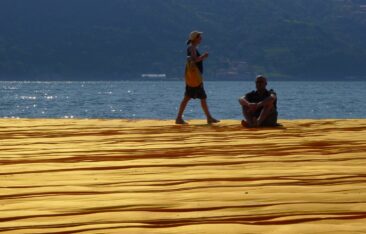
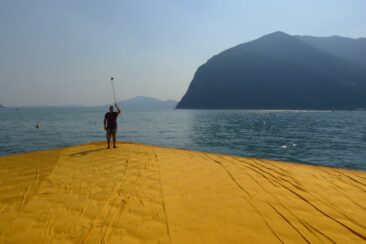
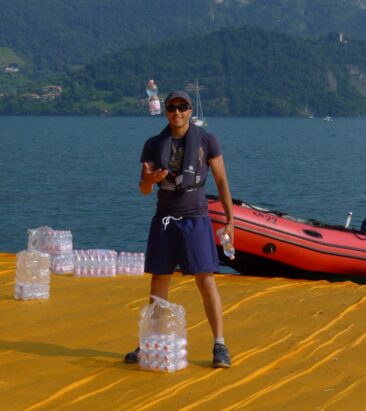

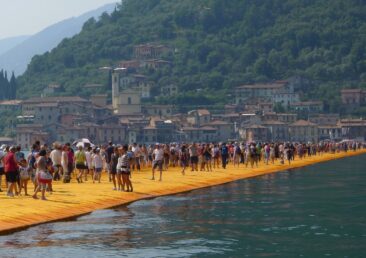
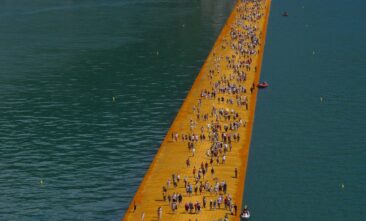
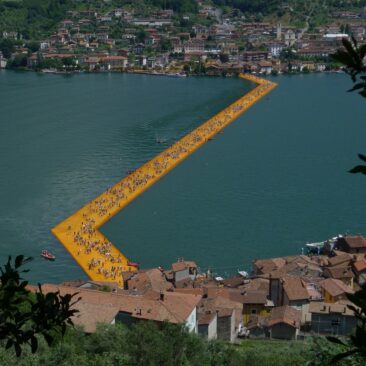
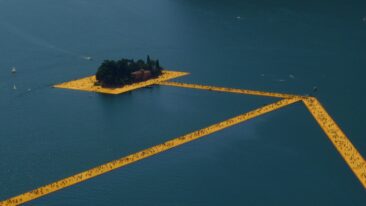
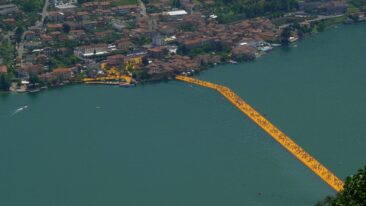
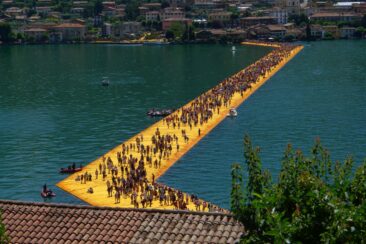
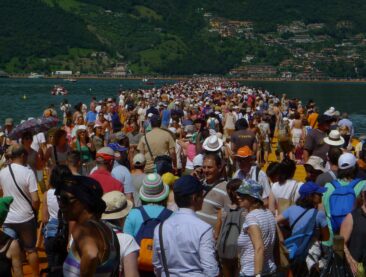

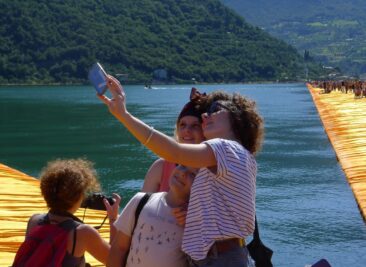
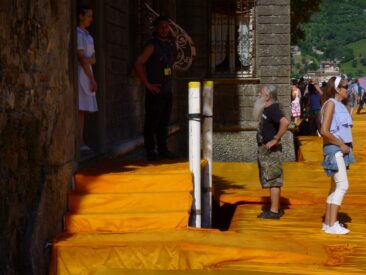
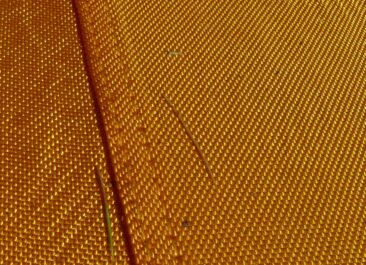

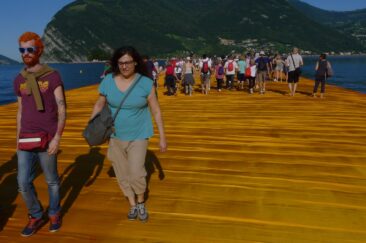
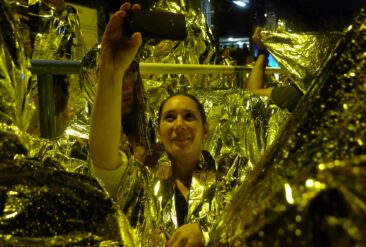
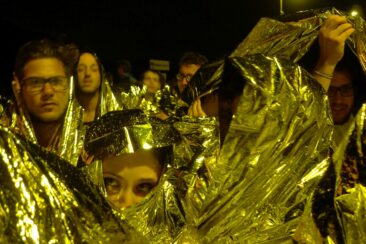


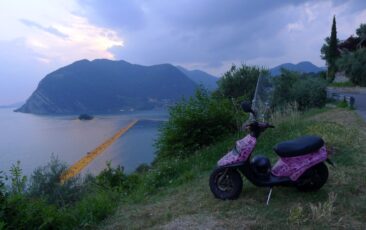
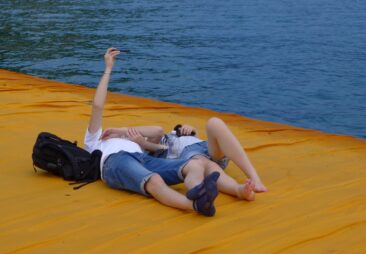

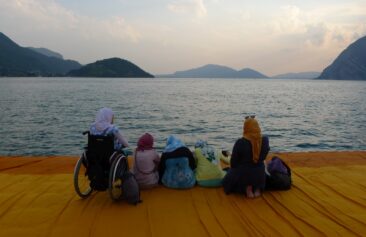
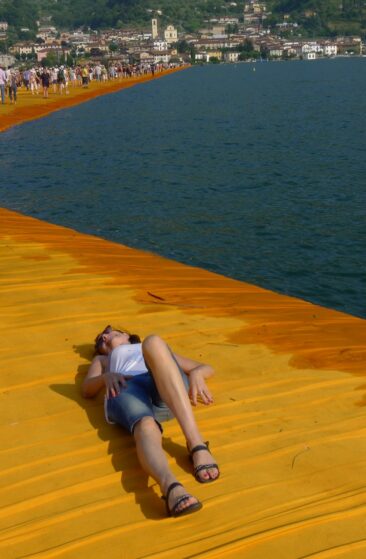
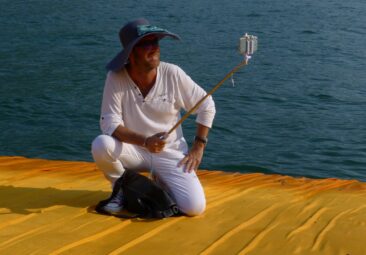
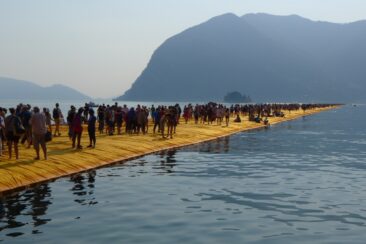



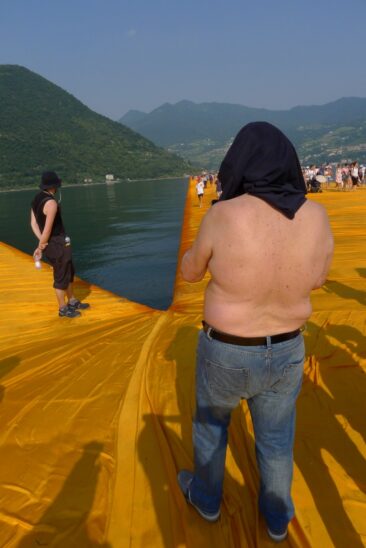
Leave a Reply